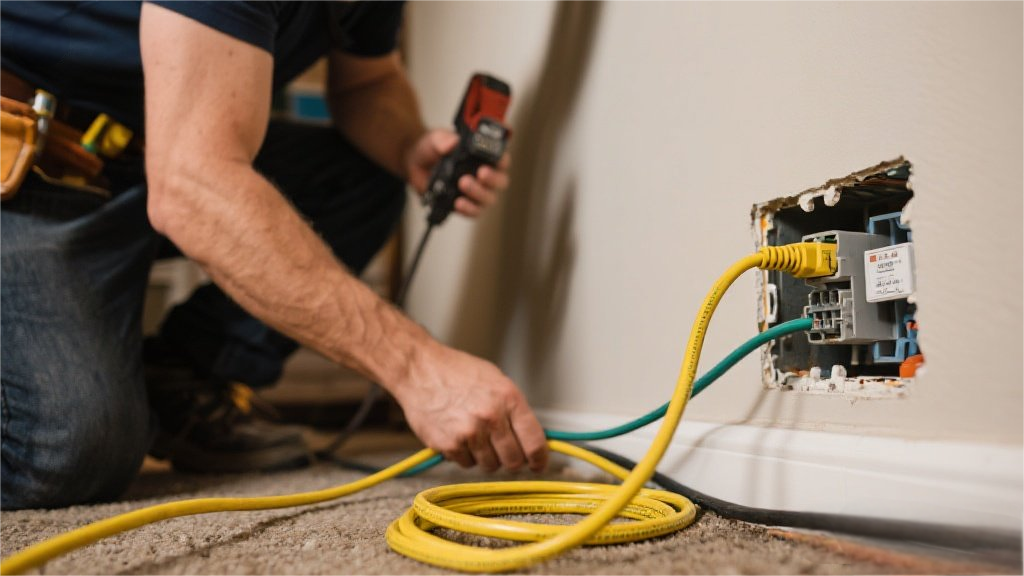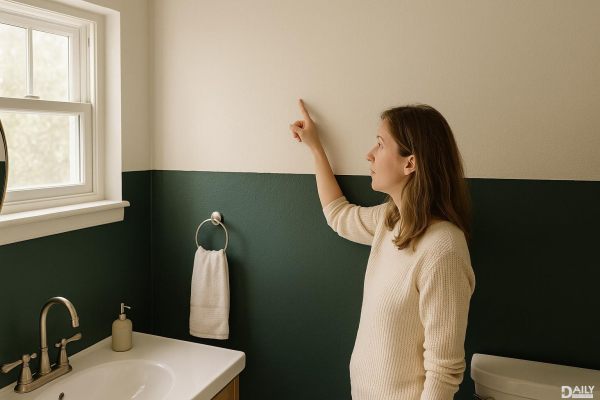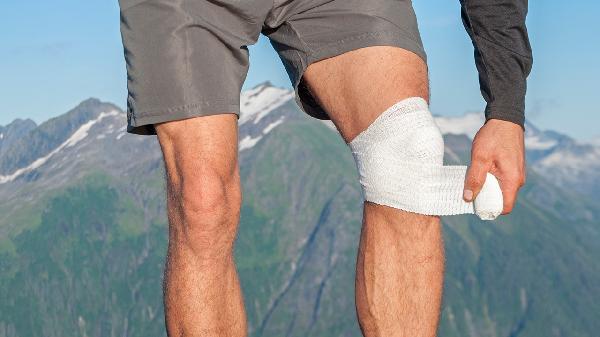Exercising before bed can actually help you sleep better—if you choose the right kind of movement. While high-intensity cardio might leave you wired, gentler workouts like yoga or stretching can signal to your body that it’s time to wind down. The key is finding routines that relax rather than rev you up, helping your muscles unwind and your core temperature drop naturally. Below, we’ve rounded up some of the best low-impact, pre-bedtime workouts that won’t leave you tossing and turning.
The Science Behind Nighttime Movement
You might’ve heard that working out too close to bedtime can mess with your sleep, but that’s only half the story. Intense exercise—think sprinting or heavy lifting—triggers a surge of adrenaline and cortisol, hormones that amp up alertness. But slower, controlled movements have the opposite effect. Gentle stretching or yoga stimulates the parasympathetic nervous system, which tells your brain it’s time to chill. Plus, as your body cools down post-workout, it mimics the natural temperature drop that happens when you fall asleep. So if you’re someone who struggles with racing thoughts at night, a 20-minute wind-down routine might be just what you need.
Yoga for Deep Relaxation
Yoga is a no-brainer for bedtime because it combines movement with breathwork, both of which help quiet a busy mind. Look for “restorative” or “yin” yoga flows—these styles focus on holding poses longer (sometimes with props like bolsters or blocks) to release deep tension. Poses like Child’s Pose, Legs-Up-the-Wall, and Reclining Butterfly are gold for relaxing your hips and lower back, areas that tend to hold stress. Avoid vigorous vinyasa sequences unless you’re doing them earlier in the day; the goal here is to ease into sleep, not break a sweat.
Pilates for Gentle Strength
If you prefer something more structured than yoga, Pilates offers low-impact moves that strengthen your core without jacking up your heart rate. Stick to mat-based routines that emphasize controlled breathing and slow, precise movements. Exercises like pelvic tilts, gentle bridges, and seated spinal twists are perfect for loosening tight muscles without overexertion. Bonus: Pilates improves posture, which can help if you tend to wake up with stiffness from sleeping in awkward positions.
Stretching Like You Mean It (But Gently)
You don’t need a fancy routine to reap the benefits of pre-sleep stretching. A simple 10-minute session targeting your neck, shoulders, hamstrings, and hips can work wonders. Try seated forward folds to release your lower back, or cross-body shoulder stretches to undo the hunch from scrolling on your phone all day. The trick is to move slowly and avoid bouncing—hold each stretch for at least 30 seconds to let your muscles fully relax. Pair it with deep belly breathing to double down on the calming effects.
Foam Rolling for Next-Level Relaxation
If you’ve never tried foam rolling before bed, you’re missing out. This self-massage technique helps release knots and improve circulation, which can ease aches that keep you up at night. Focus on areas like your calves, quads, and upper back (avoid rolling directly on your spine). Go slow, and if you hit a tender spot, pause and take deep breaths until the tension releases. It might feel intense at first, but your body will thank you when you wake up feeling looser.
Breathwork to Seal the Deal
No time for a full workout? Even five minutes of intentional breathing can prep your body for sleep. Techniques like 4-7-8 breathing (inhale for 4 counts, hold for 7, exhale for 8) or alternate nostril breathing activate your relaxation response. Combine this with a few seated stretches, and you’ve got a mini bedtime ritual that’s faster than scrolling through TikTok.
The bottom line? Moving before bed isn’t off-limits—it’s all about choosing the right type of movement. Whether you opt for yoga, Pilates, or just some mindful stretching, these routines can help transition your body and mind into sleep mode. Just keep it gentle, keep it consistent, and save the high-energy workouts for daylight hours.
























